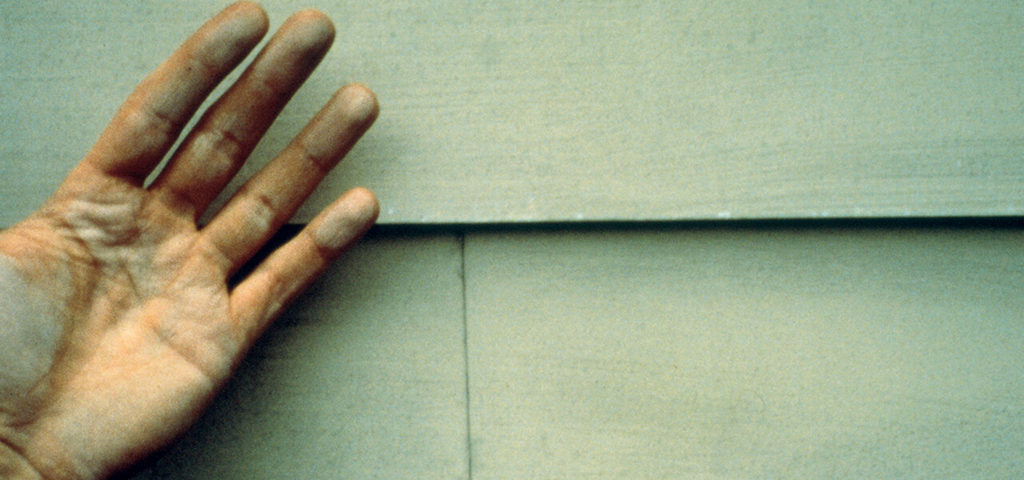How to Fix Paint Chalking

If you've noticed a fine, powdery residue on your painted walls or outdoor surfaces, you may be dealing with chalking paint. This is a fairly common issue that occurs when paint breaks down over time due to weather exposure, UV rays, or low-quality paint ingredients. It’s especially prevalent on exterior surfaces (especially fiber cement siding).
What Causes Chalking?
Chalking happens when the paint binder deteriorates, allowing pigment particles to loosen and form a chalky dust. While it’s a natural part of aging for some paints, excessive chalking can affect appearance, stain surrounding surfaces, and prevent new paint from adhering properly.
How to Fix Chalking Paint
- Test for Chalking: Rub your hand or a dark cloth over the surface. If it comes away dusty, you have chalking.
- Clean the Surface: Use a stiff brush or pressure washer to remove as much chalk as possible. Follow up with a mild detergent and rinse thoroughly.
- Let It Dry: Ensure the surface is completely dry before proceeding.
- Prime If Necessary: For areas with stubborn residue or if you're repainting, apply a high-quality, binding primer suited for chalky surfaces.
- Repaint: Choose a premium, weather-resistant paint and apply as recommended.
Preventing Future Chalking
Invest in high-quality paint with strong UV resistance and proper binders. Regular maintenance, such as gentle washing and inspections, also helps keep surfaces looking fresh.
By addressing chalking early and using the right materials, you can extend the life and look of your paint job for years to come!




